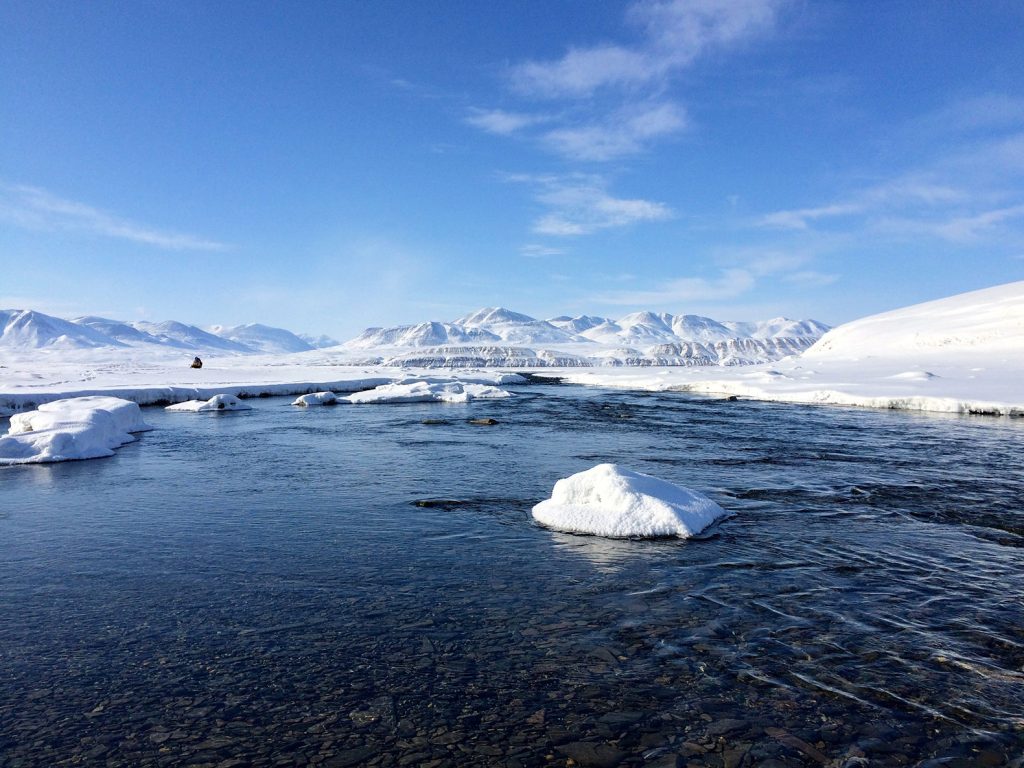The effects of climate change can be seen in a variety of habitats, ranging from changes in crop production due to uncertain weather conditions to species extinction. Another result, according to new research, could be an increased chance of “viral spillover” in some locations, which could lead to new pandemics in the coming years.

Climate change may shift the range of certain viral vectors and reservoirs northward, and the High Arctic zone may become a breeding ground for developing pandemics.
This finding comes from a study titled ‘Viral spillover risk increases with climate change in High Arctic lake sediments,’ which was published Wednesday (October 19) in Proceedings of the Royal Society B, the biological science magazine of the United Kingdom’s The Royal Society.
Viruses are among the most abundant things on the planet, but in order to proliferate, they must infect a host’s cell. According to the findings, these virus/host connections appear to be very stable within super kingdoms, which are large groups of species. However, viruses below this rank may infect a new host from a reservoir host (where it usually resides) by being able to transmit stably in a novel host – a process known as ‘viral spillover.’
Researchers from the University of Ottawa gathered sediment and soil samples from Lake Hazen in Canada, the world’s largest High Arctic lake by volume and the region’s largest freshwater ecosystem, to investigate the likelihood of viral spillover.
They then used DNA and RNA sequencing to recreate the viral makeup of the lake area. They calculated the spillover risk and discovered that the likelihood of a virus spreading to a new host increases with runoff from glacier melt, which they used as a proxy for climate change. As temperatures rise, glaciers melt, making it easier for formerly ice-trapped viruses and bacteria to find new hosts.
While it was discovered in this study that the danger of viral spillovers increases with changes in the environment at a specific site caused by global warming, this does not guarantee that a pandemic caused by viruses would develop here. “In total, we presented here a novel approach to quantifying spillover risk… “This is not the same as forecasting spillovers or even pandemics,” the authors explained.
This is due to the presence of another critical link in the process. As long as viruses and their ‘bridge vectors,’ which act as hosts and aid in their propagation, are not present in the environment at the same time, the possibility of dramatic events stays low. However, this does not necessarily imply alleviation. “Climate change causes alterations in species ranges and distributions, and new relationships can arise, bringing in vectors that can drive viral spillovers, as models recently highlight,” the authors said.

